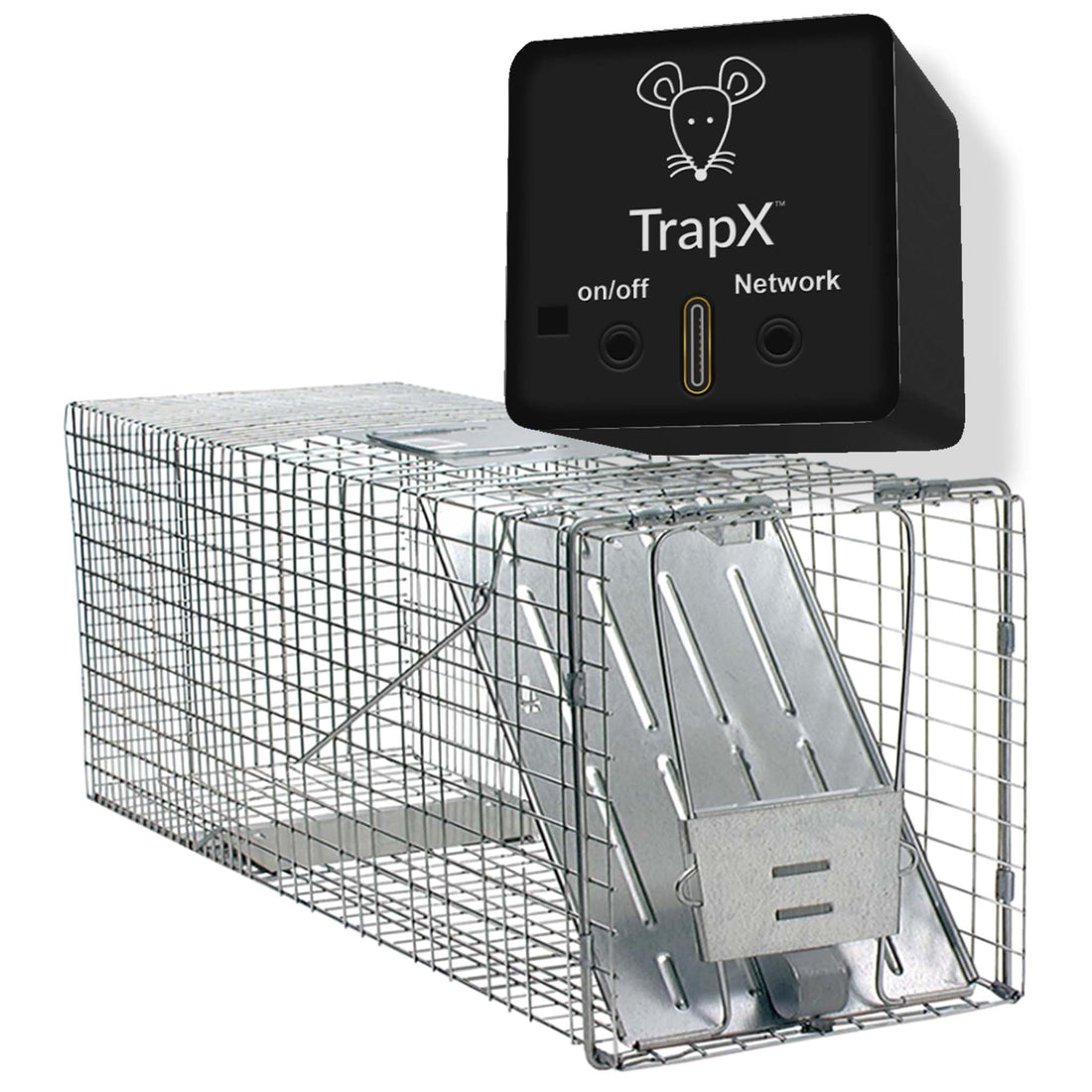Pest Alert Technology: The Future of Pest Management
Share
As our world continues to advance technologically, so too does our ability to tackle age-old problems in innovative ways. One such problem that has plagued humanity for centuries is that of pest control. From the tiniest insects to larger rodents, pests have always been a nuisance, causing both health issues and economic damage. Enter pest alert technology, a revolutionary approach to pest management that is transforming the way we handle these unwelcome guests.

The Evolution of Pest Management
Traditionally, pest management relied heavily on manual inspections and chemical treatments. While these methods have been effective to some extent, they come with their own set of challenges. Manual inspections can be time-consuming and often miss early signs of infestations, while chemical treatments can pose health risks to humans and pets. This is where pest alert technology comes into play.

What is Pest Alert Technology?
Pest alert technology utilizes advanced sensors, data analytics, and real-time notifications to detect and manage pest infestations. These systems are designed to monitor specific areas continuously, providing instant alerts when pest activity is detected. This allows for immediate action, preventing infestations from spreading and causing significant damage.
Key Components of Pest Alert Technology
- Sensors: These devices can detect various types of pests, from insects to rodents, by picking up on movement, temperature changes, and even chemical signatures.
- Data Analytics: Once data is collected by the sensors, advanced algorithms analyze it to identify patterns and predict potential infestations.
- Real-Time Alerts: Users receive instant notifications through mobile apps or email, enabling them to take swift action.

Benefits of Pest Alert Technology
The advantages of adopting pest alert technology are manifold:
- Early Detection: By identifying infestations early, property owners can address the issue before it escalates, saving time and money on extensive repairs.
- Eco-Friendly: With targeted treatments, the need for widespread chemical use is reduced, making it an environmentally friendly option.
- Cost-Effective: While the initial investment in technology may seem high, the long-term savings on pest control services and damage repairs make it worthwhile.
- Convenience: Automated systems require minimal manual intervention, freeing up time for other important tasks.
Applications in Various Sectors
Pest alert technology is not limited to residential use. Its applications extend to various sectors, including:
Agriculture
Farmers can greatly benefit from this technology by monitoring their crops for pest activity. Early detection can prevent significant crop damage and loss, ensuring better yields and profitability.
Commercial Properties
Businesses, especially those in the food industry, need to maintain high hygiene standards. Pest alert systems help in maintaining a pest-free environment, ensuring compliance with health regulations and safeguarding reputation.
Healthcare Facilities
Hospitals and clinics require sterile environments to prevent infections. Pest alert technology ensures that these facilities remain pest-free, protecting patients and staff.
Case Studies
Several success stories highlight the effectiveness of pest alert technology:
The Smith Family
The Smiths, a family of four, installed a pest alert system in their home after facing repeated rodent issues. Within weeks, the system detected early signs of a rat infestation, allowing them to address the problem promptly and avoid extensive damage. Learn more about rodent management.
Green Valley Farms
Green Valley Farms implemented pest alert technology across their fields. The system detected an influx of insects early in the season, enabling the farmers to take targeted action. This resulted in a significant increase in crop yield and a reduction in pesticide use. Discover more pest management techniques.
The Future of Pest Alert Technology
As technology continues to evolve, so will pest alert systems. Future advancements may include:
- Integration with Smart Home Systems: Seamless integration with existing smart home devices for a more unified user experience.
- AI and Machine Learning: Enhanced data analytics using AI to provide even more accurate predictions and insights.
- Drone Surveillance: Utilizing drones for large-scale monitoring, especially in agricultural settings.
Conclusion
Pest alert technology represents a significant leap forward in the fight against pests. By leveraging advanced sensors, data analytics, and real-time alerts, it offers a more efficient, eco-friendly, and cost-effective solution to traditional pest control methods. As we look to the future, the potential applications and benefits of this technology are boundless. For more information on how to protect your home and property, you can explore our home improvement tips and pest management strategies.
May20.chat.5pass.general public.pest alert technologyAs an Amazon Associate, I earn from qualifying purchases.
